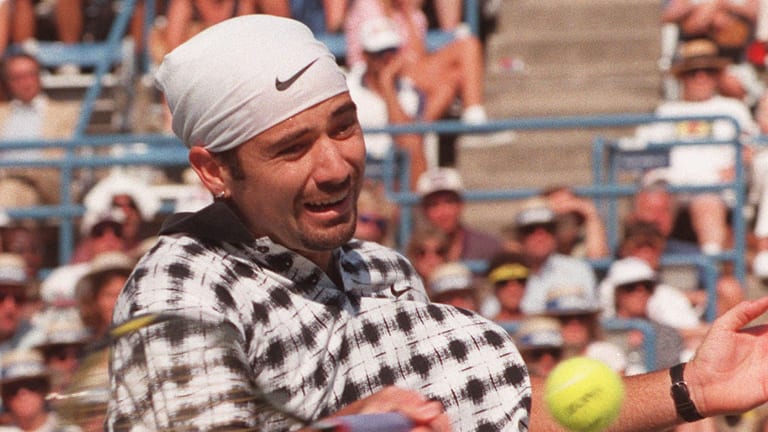On this day: Andre Agassi takes over top spot for first time in 1995
By Apr 10, 2020pickleball
PHOTOS: Stefanie Graf, Andre Agassi top Maria Sharapova, John McEnroe at Pickleball Slam 2
By Feb 06, 2024pickleball
'It's added to my life on so many levels': Andre Agassi uncovers new passion with pickleball
By Feb 02, 2024Pop Culture
Who is ... Steffi Graf? Tennis legend features in Jeopardy! clue
By Jan 31, 2024Tennis Lessons
Roger Federer in primetime: TC Plus Classics to revisit 20-time Slam champ's greatest matches
By Dec 19, 2023US Open
The 10 closest calls for American men at the majors since Andy Roddick's 2003 US Open title
By Sep 03, 2023pickleball
Agassi, Graf, McEnroe and Sharapova to take part in second Pickleball Slam event
By Jul 19, 2023Facts & Stats
The Sunshine Double: All the players who’ve won Indian Wells and Miami in the same year
By Mar 26, 2023Style Points
Daniela’s Denim Dream: Is Hantuchova’s hope for tennis fashion realistic?
By Feb 07, 2023Your Game
Nick’s Notes: Bollettieri on starting your match off right
Jan 01, 2023On this day: Andre Agassi takes over top spot for first time in 1995
The seven-and-a-half-month stretch that led the American from No. 20 to No. 1 saw him win 49 of 54 matches and six of the 11 events he played.
Published Apr 10, 2020
Advertising

On this day: Andre Agassi takes over top spot for first time in 1995
© ASSOCIATED PRESS
Advertising

On this day: Andre Agassi takes over top spot for first time in 1995